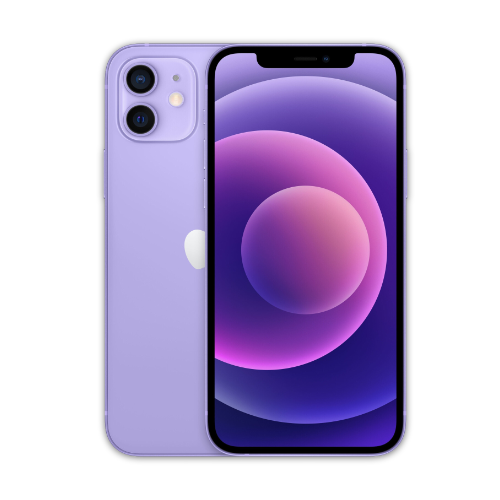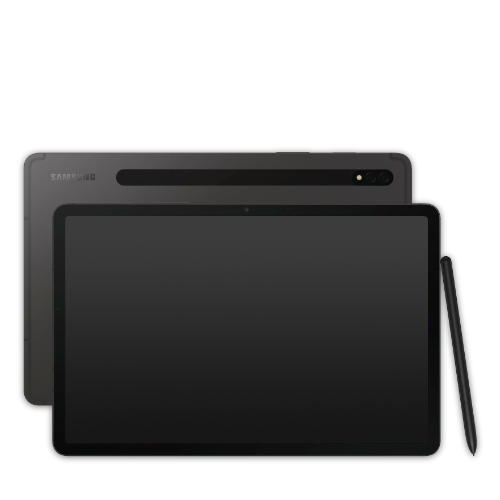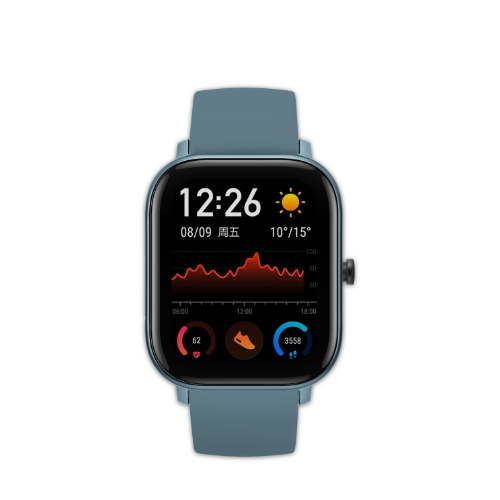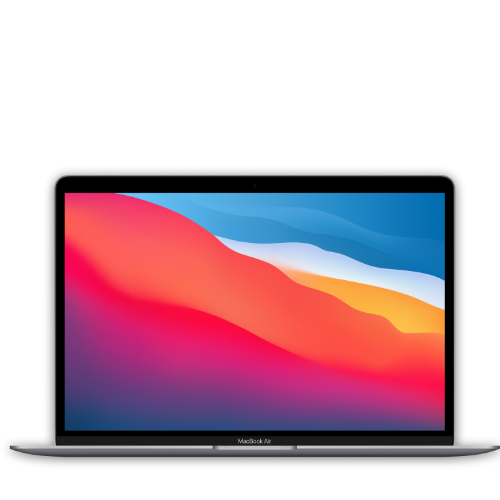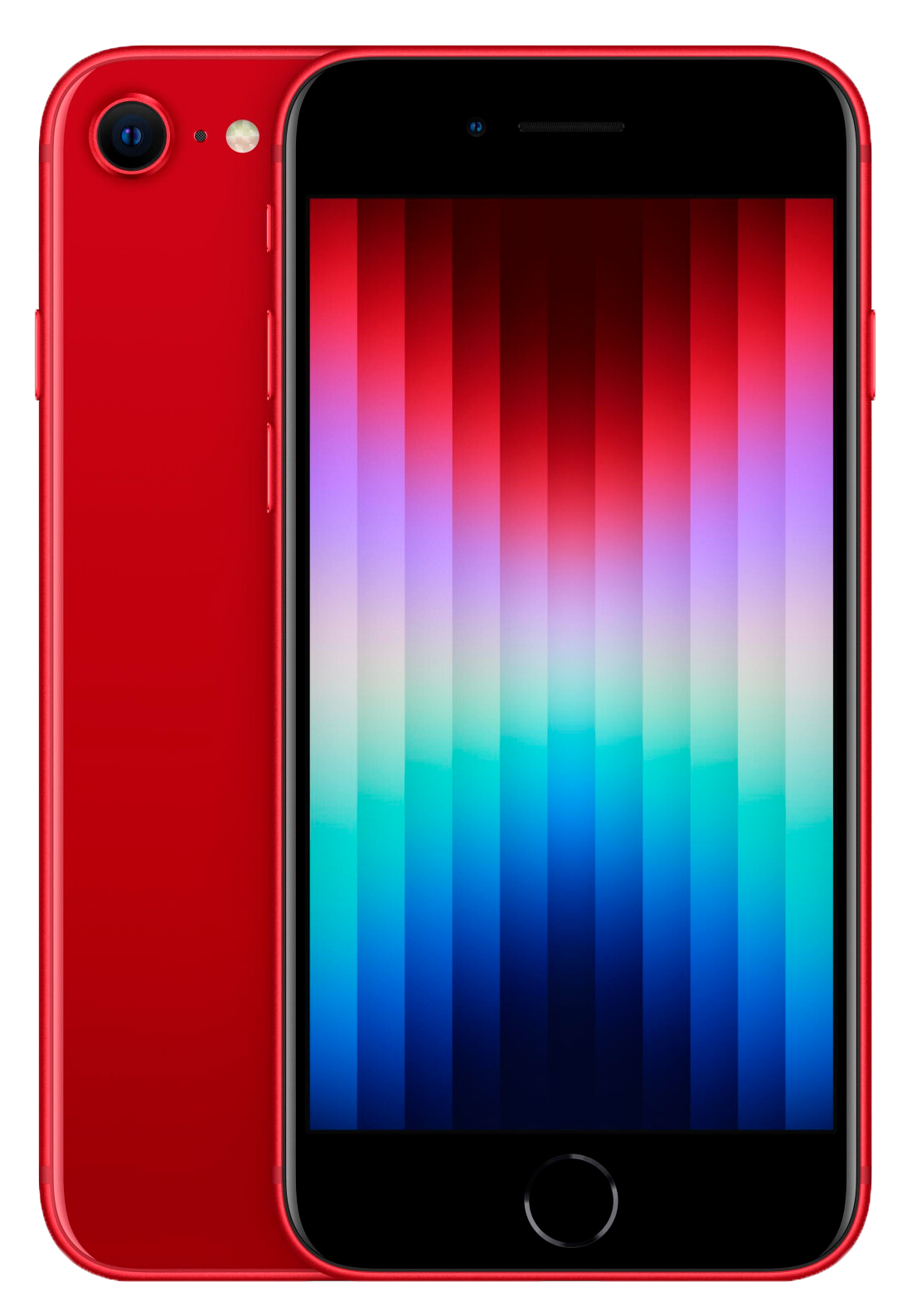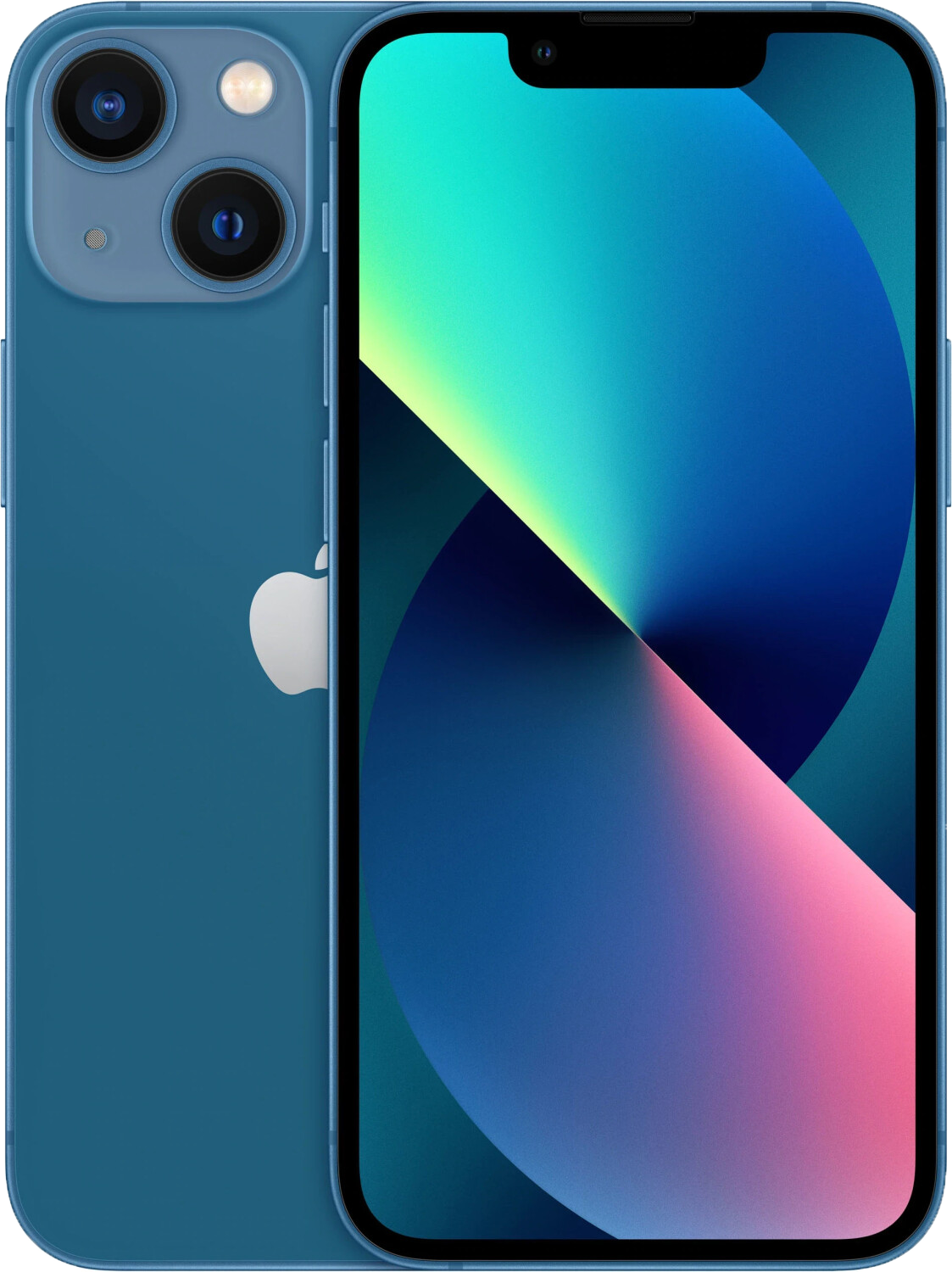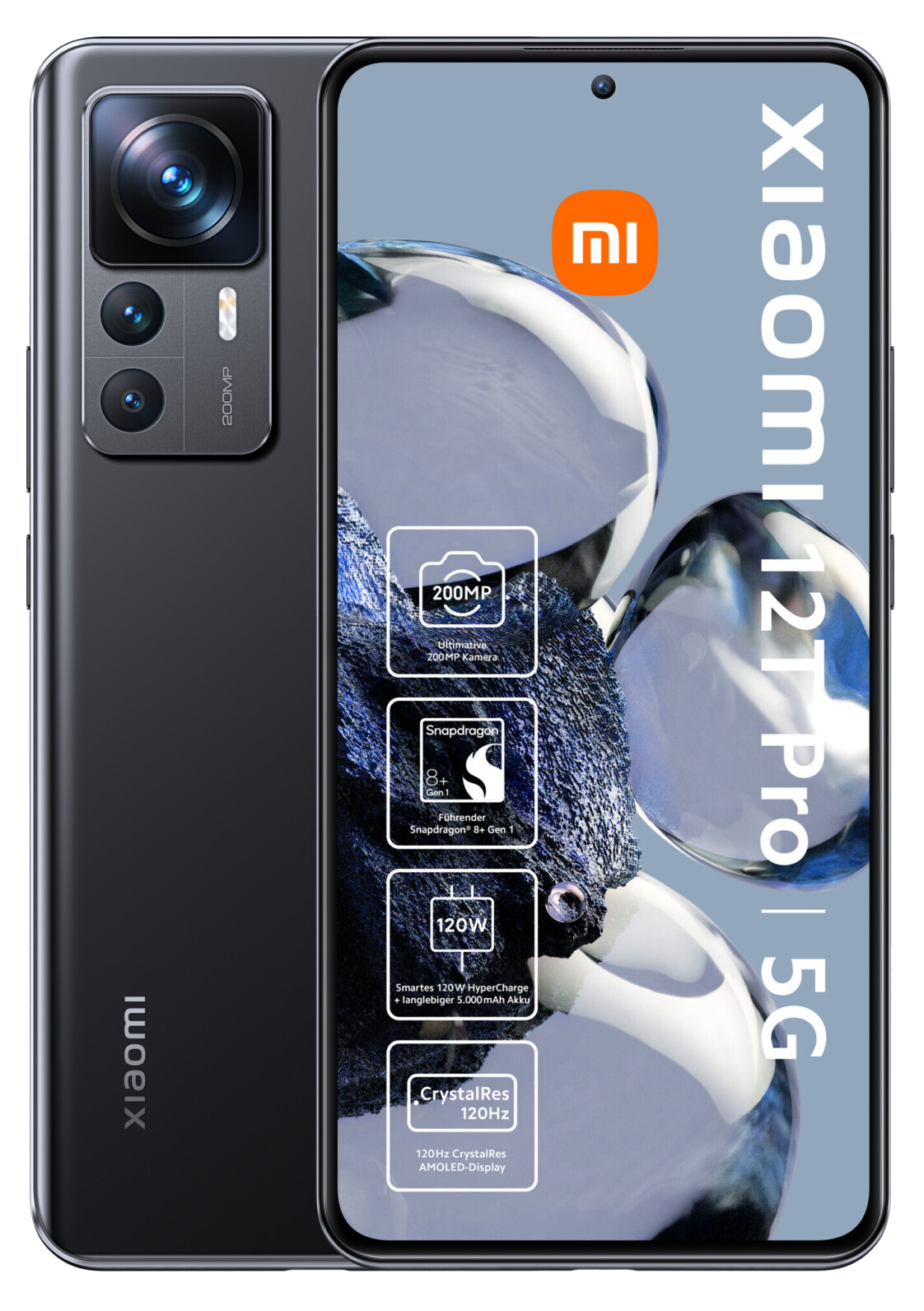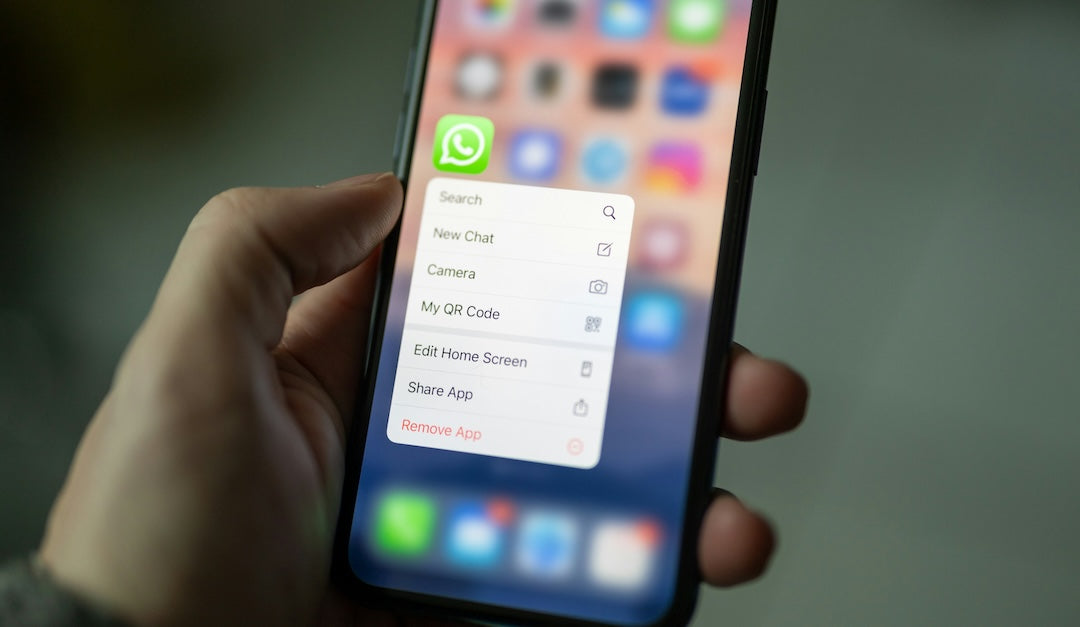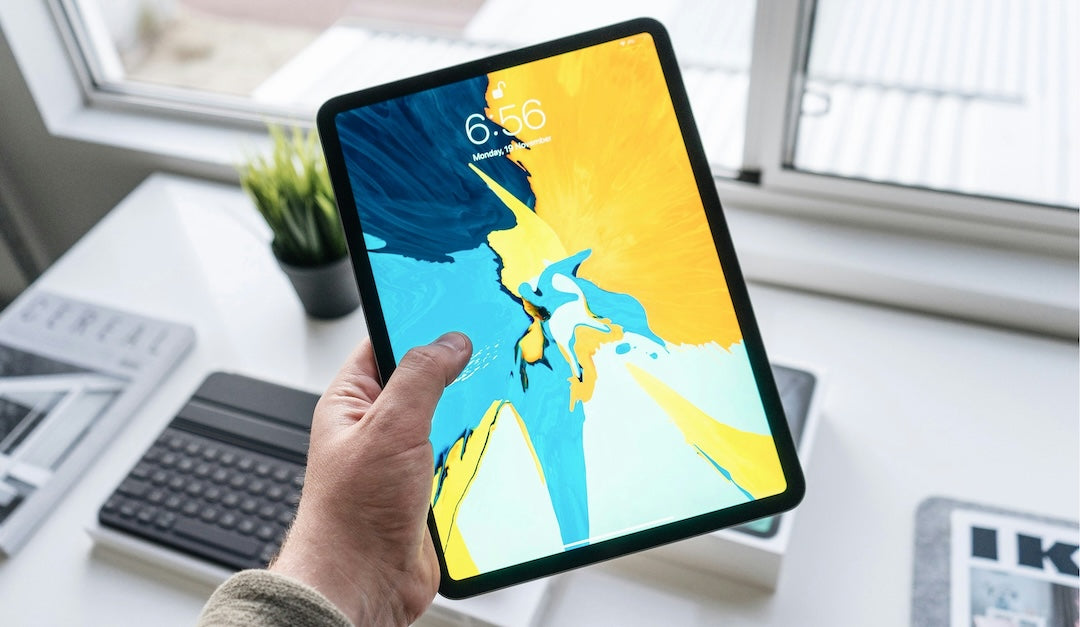In our constantly connected world, smartphones play a central role in daily life. It is often overlooked how crucial the way we charge our cell phone batteries is. Properly charging a smartphone battery is not just a routine - it is a science in itself that can significantly affect the performance and lifespan of the battery. Many of us plug our cell phones into the charger overnight or wait until they are almost empty, but such habits can imperceptibly shorten the lifespan of our faithful companion. In this article, we will show you how to charge your cell phone correctly to maximize battery performance and protect the battery at the same time. With simple but effective tips, you will be able to maintain the health of your battery in the long term.
Be sure to check out our video on TikTok on how to best charge your phone!
The optimal charging practice for your smartphone: When should I charge my phone?
Avoiding extremes: Why complete discharging and full charging is harmful
Lithium-ion batteries, used in most modern smartphones, don't like being exposed to extreme conditions. Completely discharging them to 0% can stress the battery and shorten its lifespan. Likewise, constantly charging them to 100% can lead to faster wear and tear. To maximize the lifespan of your battery, it's best to keep it in the 20% to 80% range. This helps minimize 'stress' on the battery and maintain its health over time.
Choosing the right charger: Quality pays off
Using the original or a high-quality charger is crucial to the health of your smartphone. Cheap or incompatible chargers can not only be inefficient, but also potentially damaging to the battery. They often deliver inconsistent or inappropriate current and voltage, which can lead to long charging times and increased wear and tear. Invest in a certified charger from a trusted manufacturer to ensure your phone is charged safely and efficiently.
In the following sections, we'll cover other important charging habits that will not only improve charging efficiency but also help extend the life of your battery. Stay tuned to learn more about optimal charging temperatures, the pros and cons of fast charging, and the importance of battery calibration.
Improve charging habits
Avoiding overnight charging: Less is sometimes more
Charging overnight is a common practice that many of us do for convenience. While modern smartphones often come with technology that stops charging once the battery is full, leaving it plugged in for hours at a time can still affect battery performance in the long run. Overcharging causes unnecessary stress and heat, which can shorten battery life. It's better to charge your phone when the charge starts to drop and remove it from the charger when it's almost full.
Temperature management when charging: Stay cool
The temperature at which your smartphone is charged can have a big impact on battery life. High temperatures can accelerate the chemical processes in the battery, leading to faster wear and potential loss of performance.Try to charge your phone in a cool, shaded place and avoid using it while charging, especially for application-intensive tasks such as gaming or watching videos. If the device gets too warm, it is advisable to stop charging until it cools down.
Advanced charging options
Dealing with fast charging: Use it wisely
Fast charging is a convenient feature that can be very useful in emergencies. It allows you to charge your smartphone in less time. However, fast charging generates more heat, which can put excessive strain on the battery. Therefore, only use fast charging when it is really necessary and prefer normal charging otherwise. This will reduce the strain on the battery and extend its lifespan.
Battery care and calibration: Maintain accuracy
Even though modern smartphones manage their batteries themselves, manual calibration from time to time can be helpful to improve the accuracy of the battery indicator. Let the battery drop completely below 10% once every three months or so and then charge it to 100% without interruption. This will help recalibrate the battery and ensure a more accurate display of the remaining charge.
More tips for fast and efficient charging
Airplane mode or device shutdown: Turbo charging
If you want to charge your smartphone faster without resorting to fast charging, you can activate airplane mode or turn the device off completely. Both methods significantly reduce energy consumption during charging, as no wireless signals are sent or received and no apps are running in the background.
With these handy tips and a little awareness of proper charging practices, you can significantly improve the performance and lifespan of your smartphone battery. It's worth cultivating these habits to get the most out of your device.
Conclusion: Efficient charging for longer battery life
To maintain the performance and lifespan of your smartphone battery, you should follow these tips:
- Avoid extremes when charging: Ideally, keep the battery level between 20% and 80%.
- Use the right charger: Use the original charger or a certified one from a trusted manufacturer.
- Avoid overnight charging: Unplug the charger when the phone is almost full.
- Pay attention to the temperature: Charge your phone in a cool environment and avoid using it while charging.
- Use fast charging wisely: Only use fast charging when it is really necessary.
- Calibrate the battery regularly: Perform a full discharge and then recharge every few months.
- Use airplane mode or turn off the device: These methods help charge your phone faster by minimizing power consumption.
By following these simple yet effective guidelines, you can ensure that your smartphone battery stays healthy longer and that you get the most out of your device.
Personal opinion and experience
From my own experience, I can say that being conscious of my smartphone's charging practices has had a positive effect on the battery's lifespan and performance. I used to often leave my phone charging overnight and then wonder why the battery lost capacity so quickly. However, since I've been paying attention to charging cycles between 20% and 80% and no longer leaving the device plugged in all the time, I've noticed a significant improvement.
Another point I would like to emphasize is using the right charger. After using a cheap charger once and it caused my phone to overheat, I now always invest in certified chargers from reputable manufacturers. The difference in charging efficiency and safety is noticeable and reassuring.
I recommend everyone to not only pay attention to the brand or the latest features of the smartphone, but also to take battery care seriously. It is worth investing in good charging practices to get the best performance out of the device in the long term.

